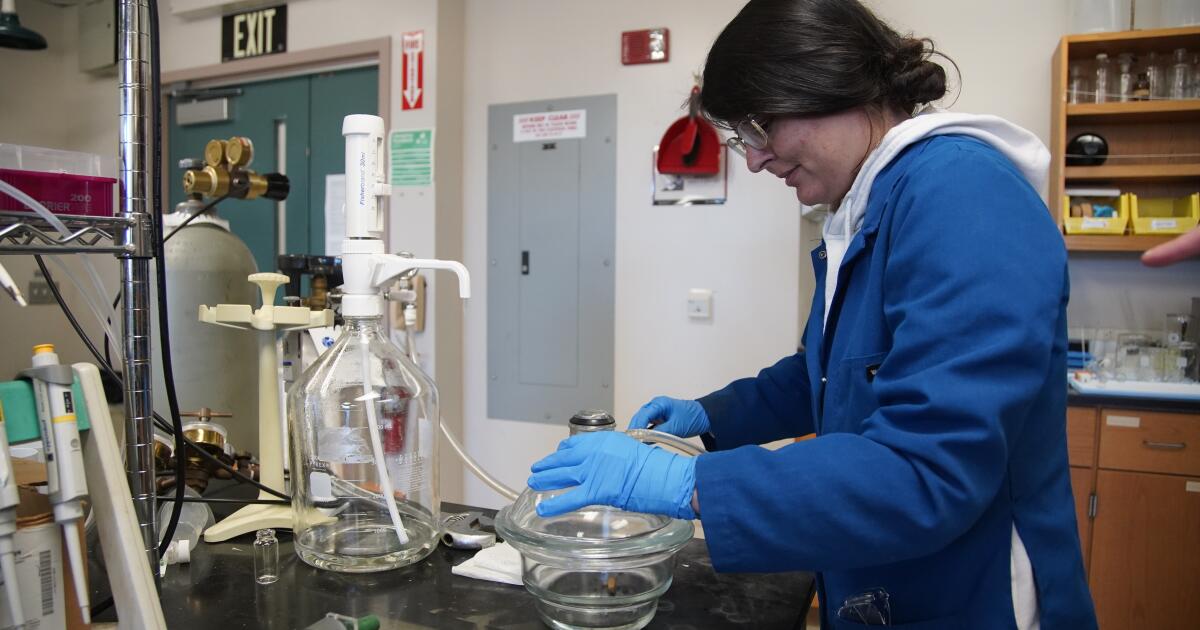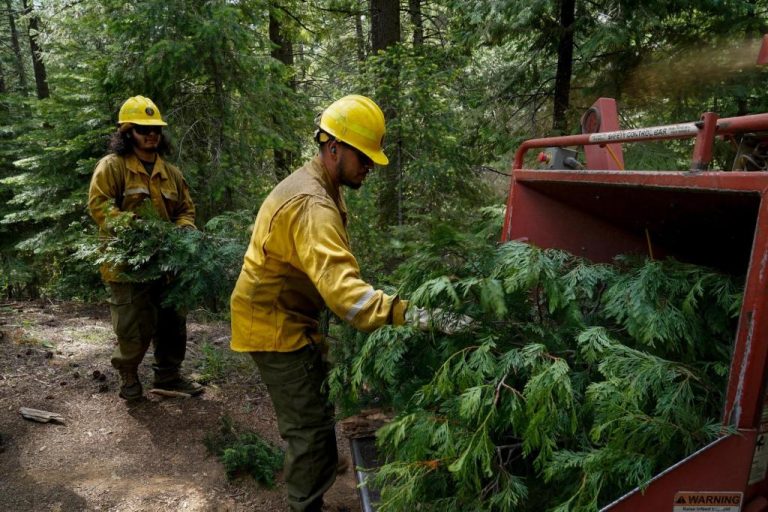

De la Torre is an economist and public health researcher and the first Latina to serve as president of SDSU. She lives in the College Area. Madanat is a researcher in health promotion and behavior sciences and the vice president for Research & Innovation at SDSU. She lives in Sabre Springs.
In March 2022, an opinion piece by two San Diego State University officials — including one of the co-authors of this essay — began with the headline “Independent doctoral programs are the key to the future.” With the Oct. 10 signing of California Assembly Bill 656, that future is now.
In one of the most seismic shifts in California’s public higher-education system since the creation of the state’s Master Plan for Higher Education in 1960, AB 656 now grants the 23 schools of the California State University system — including SDSU — the long-overdue ability to independently offer professional and applied doctoral degrees to meet the needs of California’s students and workforce.
In simple terms, this will enhance the quality and value of experience for our students and our faculty, and grow our role as a driver of our region’s economic development.
When the California Master Plan for Higher Education was crafted 63 years ago, the state’s population was less than 16 million. This allowed state officials to reserve doctoral-level public education to only the University of California campuses. Today, however, California is home to 39 million and, in our increasingly knowledge-driven economy, workforce demand for advanced degree holders has increased dramatically. Passage of AB 656 is an acknowledgment that California trusts in the CSU to meet this need.
Until now, the California State Universities, including San Diego State University, have found ways to offer a limited number of doctoral degrees, but primarily as joint programs with private universities or those within the University of California system. Those joint degree programs are strong and will continue, but AB 656 opens new doors by removing the need for complexity, including for students to have to enroll, travel and coordinate an education across multiple universities.
The California State University system is the largest and most diverse four-year public university system in the country, with 23 campuses serving nearly half a million students. Student cost for earning California State University degrees is also significantly lower than the UC system. AB 656 leverages the unique qualities of this affordability and the strength of our faculty to create important new pathways to doctoral degrees, including for Black, Hispanic and Native American students who are significantly underrepresented in earning doctoral degrees relative to their shares of the population.
At San Diego State University, we have prepared for this sea change. For years, we have worked closely with industry partners to identify California’s greatest unmet needs for a trained workforce, especially in the San Diego and Imperial Valley regions. San Diego State University’s faculty have the research and academic expertise to be able to train those needed in these key areas, and now they have the degrees of freedom to do so.
SDSU has also been very clear in recent years about our pursuit of “R1” classification, which less than 4 percent of U.S. universities achieve — those judged to have “very high research activity.” Becoming an R1 brings significant new opportunities for research partnerships with the public and private sectors.
AB 656 directly impacts this pursuit of R1 classification in multiple ways. Most directly, one of the classification criteria is the number of doctoral degrees a university awards per year. Additionally, doctoral programs and their students are an engine for research activity at universities across the nation and will be for San Diego State University as well. The fact that SDSU is already on the verge of R1 classification without this key driver is remarkable and a testament to the determination of our faculty.
For students, these new partnerships extend across academic disciplines and create hands-on educational experiences for undergraduate and graduate students alike. Research brings external funding in the form of research grants and contracts, which can enable more graduate student support, the procurement of equipment, facilities and infrastructure that benefit our campuses’ capabilities, and improve the educational experiences for all current and future students. What doesn’t change: SDSU’s fundamental commitment to improving the lives of our students, and preparing them the best we can for career and personal success.
San Diego State University is a university on the rise, recently moving up to No. 16 in Forbes’ list of top public universities in the nation. This success is despite a 63-year old Master Plan that kept us from competing on a level playing field. We are grateful to those who championed the passage of AB 656 and have largely removed that structural disadvantage. The result will be opportunity and value — for the California State University, our university, its students, its faculty and for the region’s economy.






